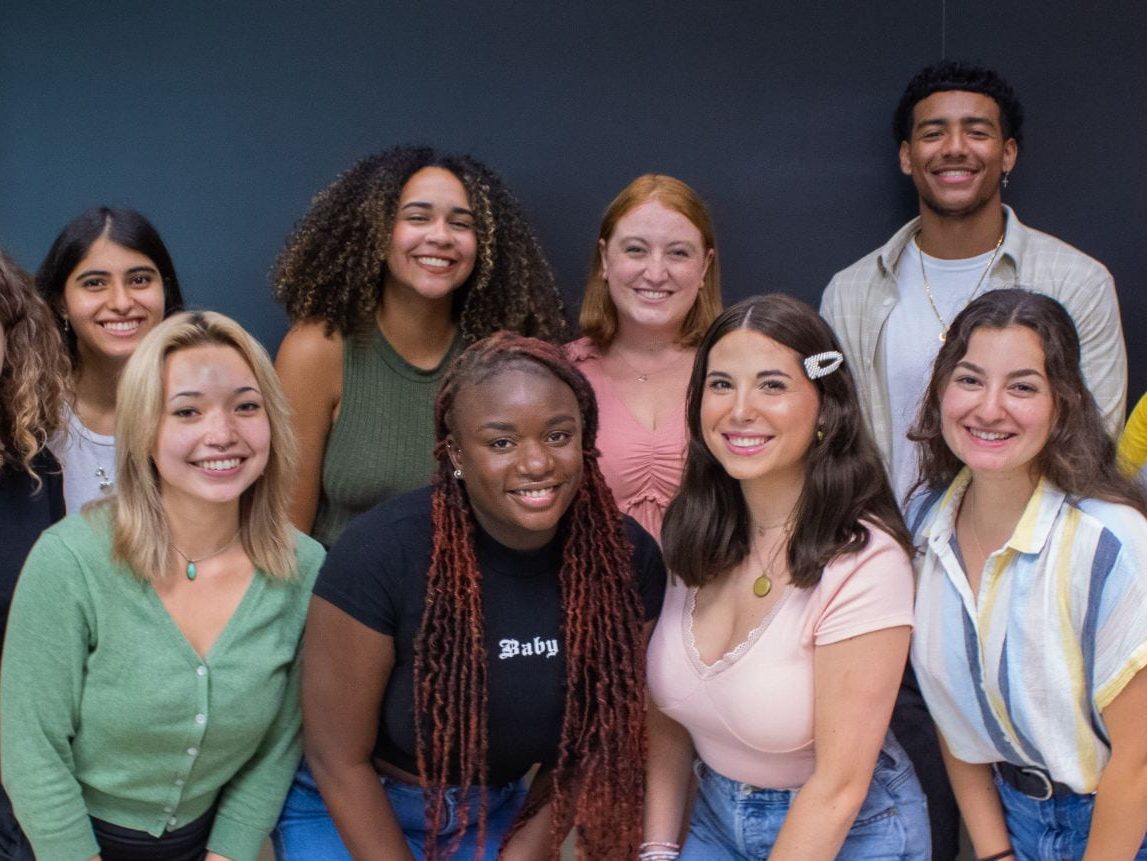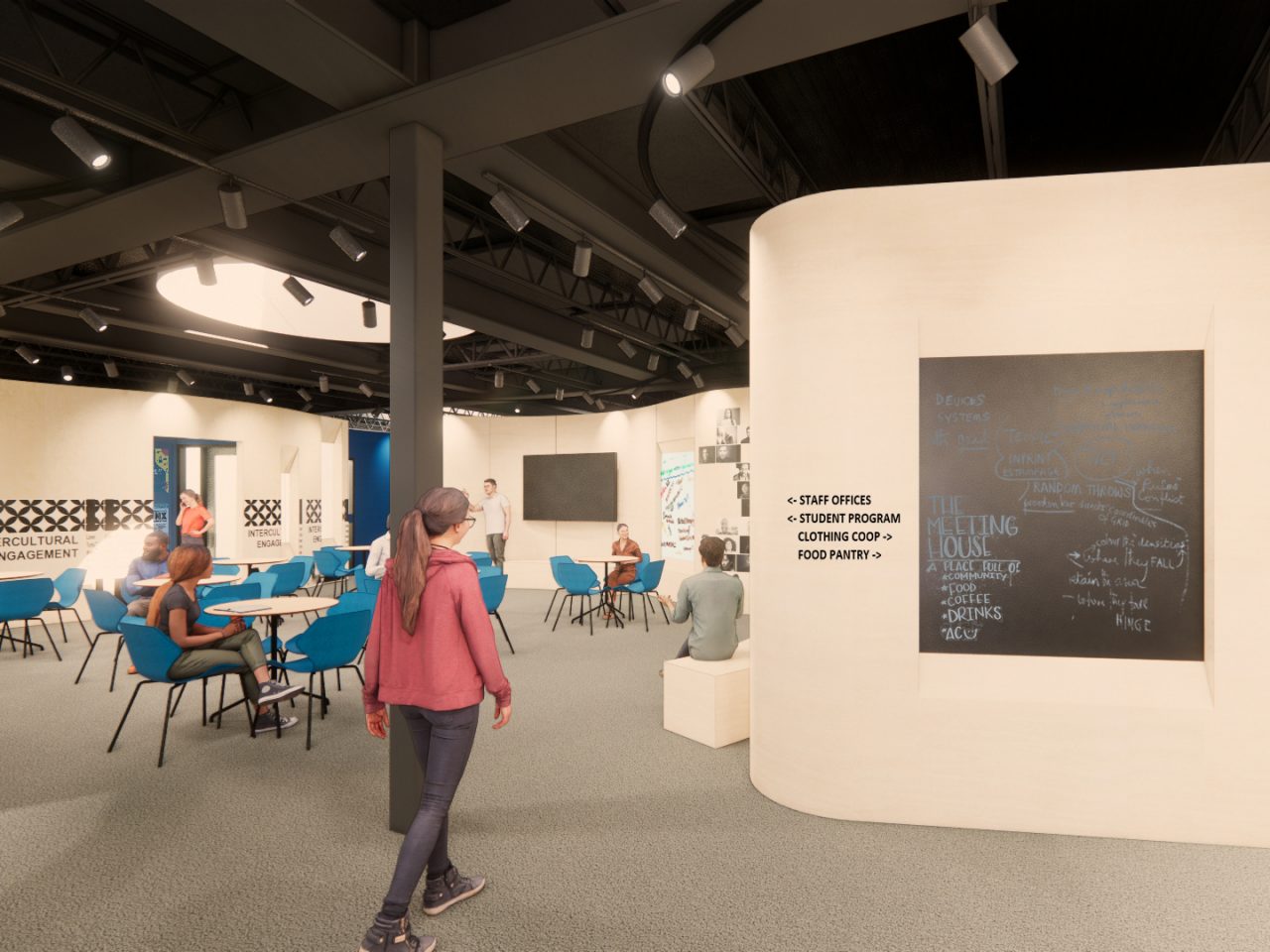
Advancing Racial Equity and Inclusion

Advancing Racial Equity and Inclusion

Racism and oppression, disparities and otherness are real. Racism is systemic and personal, the psychology of racism should call each and every one of us to want better for our students and colleagues. In September 2020, as the Vice President for Student Life, I convened an Advancing Racial Equity & Inclusion (AREI) committee to draw upon the vision, mission and values of the Division of Student Life, and assemble a plan that directs diversity, equity and inclusion efforts across the Division for the next two to five years. This work connects directly to Forward and Forever: The Strategic Plan for The University of Delaware and is happening in partnership with the Office of Institutional Equity.
I asked for a set of crystallized action items that would bring our antiracism work into focus, to make sustained change on campus. The AREI committee identified direct action items under areas of Supporting & Serving Students and Equipping & Supporting Staff. To guide the action items of Supporting & Serving Students, the committee considered the following questions:
- How do we center our work on racially and ethnically minoritized (i.e., Black, Latinx, Asian, Desi, Pacific Islander and Native or Indigenous) students?
- What do we want racially and ethnically minoritized students to say about the campus climate and culture? What work is necessary to achieve this and how do we get there
- How do we focus on identifying the systems and examining policies that result in inequitable outcomes that perpetuate racism within the Division of Student Life?
- What is the role of acknowledging the intersectionality of students’ identities?
Our students have cried out for a long time on this campus. They know how to name their experiences. They know how to advocate. They are relying on us to not only pursue equity within their experience but also to amplify their voice!
In a spirit of unity and hopeful progress,
José-Luis Riera, Ph.D.
Vice President for Student Life
Framework
The Division of Student Life chose to use antiracism as the framework to take action on the charge. Antiracism serves to focus and root Student Life’s efforts into action within the individual, the institution and the greater sociopolitical structure where racism is deeply embedded. To do that work effectively, the Division of Student Life recognized the importance of clear definitions to crystallize and standardize the work of this division.
Definitions
Antiracism: Fighting against racism in all forms including but not limited to individual, interpersonal, institutional and structural (National African American Museum of History and Culture; nmaahc.si.edu; Retrieved July 2021). Antiracism requires naming, identifying and tearing down systems of oppression and building up systems of access, equity and inclusion.
The marginalization and/or oppression of people of color based on socially constructed racial human hierarchy that privileges white people. Racism systematically results in inequitable rights, access to resources and ultimately life outcomes based on race.
Anti-Blackness is a two-part formation that both strips Blackness of value (dehumanizes), and systematically marginalizes Black people.
The interplay of a person’s social identities that result in the compounding of oppressive societal dynamics. (Crenshaw, 1991 et al., 2000; Harris & Patton, 2018)
This term is used “to signify the social construction of underrepresentation and subordination in U.S. social institutions, including colleges and universities. Persons are not born into a minority status, nor are they minoritized in every social context (e.g., their families, racially homogenous friendship groups or places of worship). Instead, they are rendered minorities in particular situations and institutional environments that sustain an overrepresentation of whiteness.” (Harper, 2012, p.9).

Actions
-
Advancing Racial Equity and Inclusion | Division of Student Life | University of Delaware Fall 2022
Initiated Advancing Racial Equity & Inclusion website and communications plans
-
Advancing Racial Equity and Inclusion | Division of Student Life | University of Delaware Spring 2022
Student Voice, collected feedback, priorities and reactions to proposed action items
-
Advancing Racial Equity and Inclusion | Division of Student Life | University of Delaware Fall 2021
Focused on Speak Up Delaware Project, content analysis of race and racism accounts from @SpeakUp_Delaware Instagram
-
Advancing Racial Equity and Inclusion | Division of Student Life | University of Delaware Spring 2021
Facilitated Division of Student Life Feedback on initial action items
-
Advancing Racial Equity and Inclusion | Division of Student Life | University of Delaware Fall 2020
Convened Advancing Racial Equity & Inclusion Committee, charged to develop antiracism strategic plan
Action Items:
Supporting and Serving Students
- Financial incentives (including tuition, room and board, stipends, and other) to students in formal roles related to racial equity and inclusion
- Increased paraprofessional positions supporting racial equity and inclusion
- Create funding opportunities available to student organizations for racial justice programming
- Provide funding and staffing towards creating safe and brave spaces where students of color suffering from bias, racial battle fatigue, and or traumatic incidents can find community, advocacy, connection to campus partners, and healing
- Advocate for transparency and partnerships with University of Delaware Police Department related to the racial climate and culture on campus
- Formally assess factors influencing campus experience for Black, Indigenous, & People of Color (BIPOC) students using equity-minded assessment practices (e.g., proactive student involvement, uncovering outcome gaps, equity embedded at all levels and stages of assessment) to generate and use data to serve students of color/racially minoritized student communities in tangible ways within Student Life units and at the Divisional level
- Create several annual education and training initiatives, including a multi-week antiracism workshop
- Improve communication strategies including the creation of a process to explicitly address incidents of racism nationally and locally, including at UD when they occur
For more details about student initiatives and strategies for equipping and supporting staff, please refer to the full Advancing Racial Equity and Inclusion Plan.
Upcoming Training and Opportunities
Initiatives and Acknowledgement
A presidential priority at the University of Delaware to build and identify physical space where students can interact, explore and grow together around social justice, equity, diversity and inclusion.
The Speak Up Delaware project focuses on listening and amplifying student experiences with racialization and racism on and around campus.
The goal of the UD Antiracism initiative is to bring together like-minded individuals and groups to take action against systemic racial and contribute to the reduction of racial disparities on campus and in the larger community.
Speak up, Blue Hens!
Share your feedback surrounding campus climate and culture concerns
Join Us in Making a Difference
The Division of Student Life advances equity and inclusion, deepens student learning and drives holistic development through education, experiences and communities.



